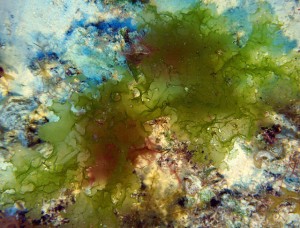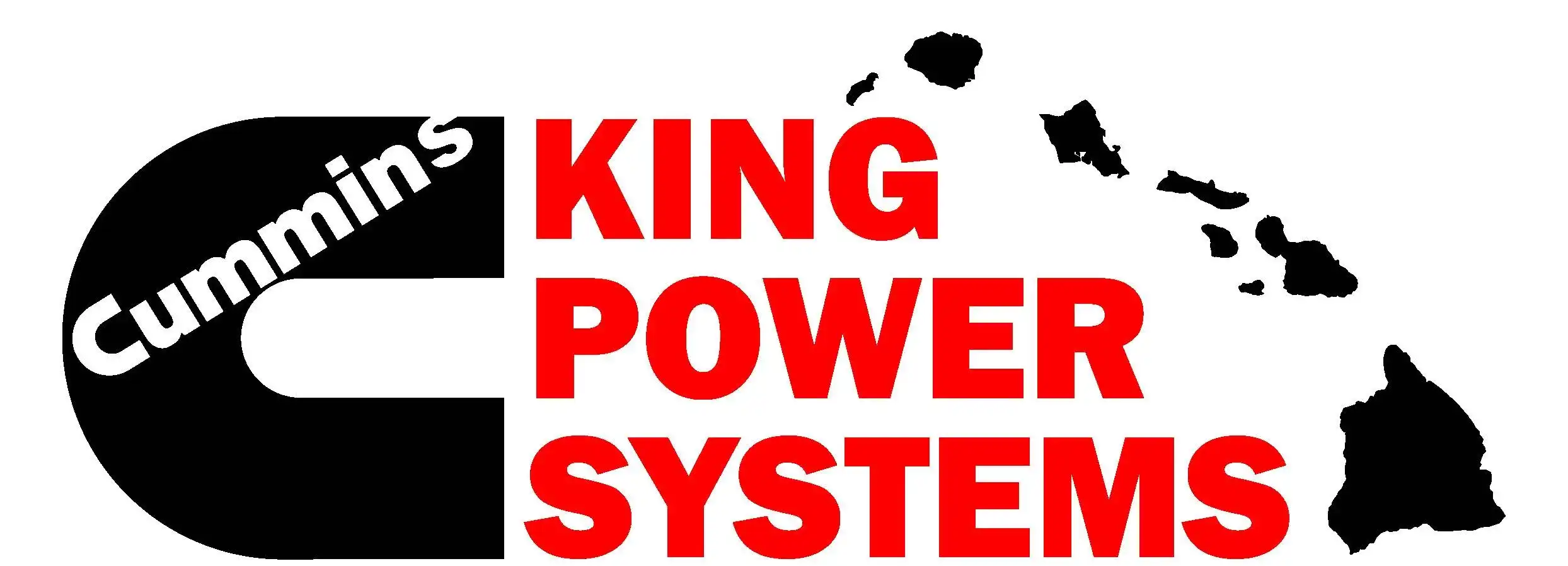Four New Algae Species Discovered in Deep Hawaiʻi Waters
Scientists working with NOAA’s Office of National Marine Sanctuaries announced the discovery of four new species of deep-water algae from Hawaiʻi. Marine algae, or limu, are considered an important part of Hawaiian culture, and are used in foods, ceremonies and as adornments in hula. The new species of limu were collected between 200-400 feet, depths not typically known for marine algae.
Heather Spalding, Ph.D., postdoctoral researcher at the University of Hawaiʻi Department of Botany and lead author of the study, said she was astounded by the abundance and size of the algae.
“If you picked up one of these algae on the beach, you couldn’t tell if it was from a nearby rock or washed up from the deep, the species look that similar,” Spalding said.
While similar in appearance to sea lettuce species found in shallow waters, DNA analyses showed that they are very different.
The species were sampled during surveys between 2013 and 2015 in the Papahanaumokuakea Marine National Monument and during past NOAA expeditions from 2006 to 2014 throughout the Main Hawaiian Islands including surveys offshore of West and South Maui.
The newly discovered species are similar in appearance to limu pālahalaha (Ulva lactuca), or sea lettuce. Scientists consulted with the Native Hawaiian community to develop meaningful names for the new species to honor the great importance they have in Hawaiian culture. One species was named Ulva iliohaha, which refers to the foraging behavior of ʻīlioholoikauaua, the endangered Hawaiian monk seal, one of the best-known residents of Papahānaumokuākea.
Scientists anticipate that many additional new species of algae will be described in the coming years from samples collected by NOAA divers on future expeditions to the monument.
“These findings redefine our understanding of algal distributions in Hawaiʻi, and hint at the great number of other new species that are likely to be discovered in the future from these amazing deep-water reefs,” said Daniel Wagner, Papahānaumokuākea research specialist with NOAA’s Office of National Marine Sanctuaries.
The study describing the new species of limu was published in the latest issue of the Journal of Phycology in an article, titled “New Ulvaceae (Ulvophyceae, Chlorophyta) from mesophotic ecosystems across the Hawaiian Archipelago.”
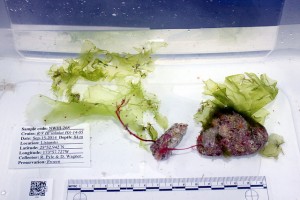
The new algae species Ulva ohiohilulu collected from 277 ft depth from Lisianski, Northwestern Hawaiian Islands, Papahānaumokuākea Marine National Monument. Photo by NOAA Office of National Marine Sanctuaries.
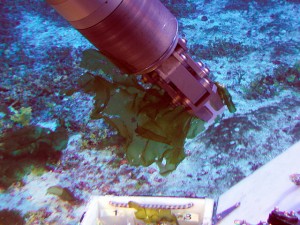
The new algae species Umbraulva kuaweuweu being collected at 264 ft depth from west Maui. Photo by the Hawai’i Undersea Research Laboratory.
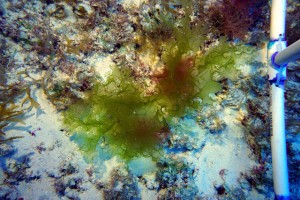
New species of algae at 188 ft m depth from Kure Atoll in the Northwestern Hawaiian Islands, Papahānaumokuākea Marine National Monument. Photo by Daniel Wagner/NOAA.
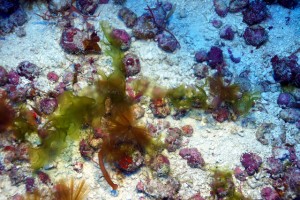
New species of algae at 195 ft from Lisianski, Northwestern Hawaiian Islands, Papahānaumokuākea Marine National Monument. Photo by NOAA Office of National Marine Sancturies.
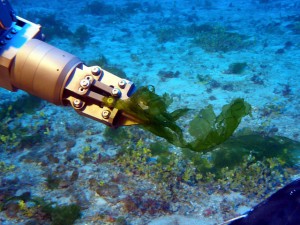
New species of deep-water algae, Ulva ohiohilulu, collected by a submersible of the Hawaiʻi Undersea Research Laboratory at 281 feet from south Maui. (Credit: HURL archives, 2009).
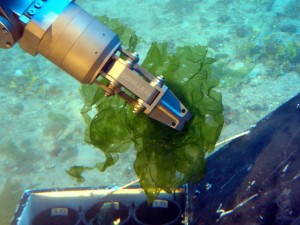
New species of deep-water algae Ulva ohiohilulu collected by a submersible of the Hawaiʻi Undersea Research Laboratory at 304 feet from west Maui. (Credit: HURL archives, 2009).
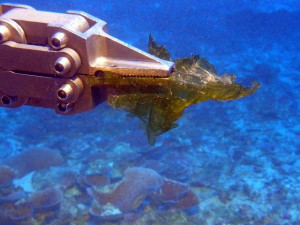
New species of deep-water algae collected by a submersible of the Hawaiʻi Undersea Research Laboratory at 304 feet from Lahaina, Maui. (Credit: HURL archives, 2009).
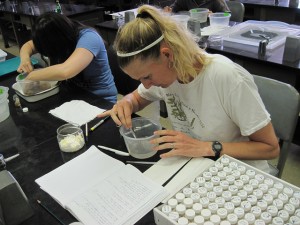
Dr. Heather Spalding processes a limu specimen at the University of Hawaii at Mānoa. Photo by Daniel Wagner/NOAA, 2013.

New species of deep-water algae, Umbraulva kuaweuweu, which refers to the Hawaiian god of prosperity (Kū) and the area north of Maui, and is intended to refer to “grass of Kū.” Photographed by diver at 277 feet off Lisianski Island in Papahānaumokuākea Marine National Monument. Photo by Brian Hauk/NOAA, 2015.
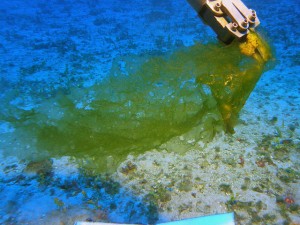
New species of deep-water algae Ulva ohiohilulu collected by a submersible of the Hawaiʻi Undersea Research Laboratory at 307 feet off south Maui. (Credit: HURL archives, 2009)






